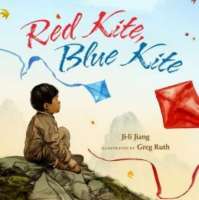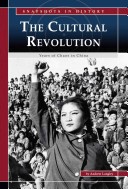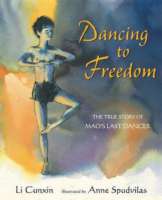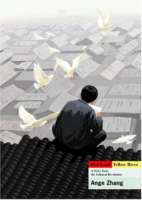
When Tai Shan and his father, Baba, are separated during China’s Cultural Revolution, they are able to stay close by greeting one another every day with flying kites until Baba, like the kites, is free. Includes historical note.
Join the discussion of Red Kite, Blue Kite as well as other books centered around relocation on our My Take/Your Take page.



